Rising Demand for Biopharmaceuticals
The increasing demand for biopharmaceuticals is a primary driver of the Epithelial Cell Culture Media Market. As the biopharmaceutical sector expands, the need for effective cell culture media becomes critical. In 2023, the biopharmaceutical market was valued at approximately 300 billion USD, with projections indicating a growth rate of around 7% annually. This growth necessitates the development of specialized epithelial cell culture media to support the production of therapeutic proteins and monoclonal antibodies. Consequently, manufacturers are focusing on enhancing the formulation of culture media to meet the specific requirements of epithelial cells, thereby driving innovation and investment in the Epithelial Cell Culture Media Market.
Growing Focus on Personalized Medicine
The rising focus on personalized medicine is reshaping the landscape of the Epithelial Cell Culture Media Market. As healthcare shifts towards tailored therapies, the demand for specific cell types, including epithelial cells, is increasing. Personalized medicine relies heavily on the ability to culture patient-derived cells for drug testing and therapeutic development. The market for personalized medicine is projected to exceed 2 trillion USD by 2030, indicating a robust growth trajectory. This trend necessitates the formulation of specialized epithelial cell culture media that can support the unique characteristics of patient-derived cells, thereby driving innovation and expansion within the Epithelial Cell Culture Media Market.
Advancements in Cell Culture Technologies
Technological advancements in cell culture methodologies are significantly influencing the Epithelial Cell Culture Media Market. Innovations such as 3D cell culture systems and organ-on-a-chip technologies are gaining traction, as they provide more physiologically relevant environments for epithelial cells. These advancements enhance the accuracy of drug testing and disease modeling, which are crucial for research and development. The market for 3D cell culture systems alone is expected to reach 2 billion USD by 2026, reflecting a compound annual growth rate of over 20%. This trend indicates a shift towards more sophisticated culture media formulations that cater to these advanced technologies, thereby propelling the Epithelial Cell Culture Media Market forward.
Increased Research and Development Activities
The surge in research and development activities across various sectors, including pharmaceuticals and biotechnology, is a significant driver for the Epithelial Cell Culture Media Market. With a growing emphasis on personalized medicine and regenerative therapies, researchers are increasingly utilizing epithelial cell cultures to study disease mechanisms and test new drugs. In 2023, R&D spending in the life sciences sector reached approximately 200 billion USD, with a substantial portion allocated to cell culture research. This investment fosters the development of specialized epithelial cell culture media, which is essential for achieving reliable and reproducible results in scientific studies, thus stimulating growth in the Epithelial Cell Culture Media Market.
Regulatory Support for Cell Culture Applications
Regulatory support for cell culture applications is emerging as a crucial driver for the Epithelial Cell Culture Media Market. Regulatory bodies are increasingly recognizing the importance of cell culture in drug development and safety testing. This recognition has led to streamlined approval processes for cell-based therapies and products, encouraging investment in cell culture technologies. In recent years, several initiatives have been launched to promote the use of cell culture models in regulatory assessments, which is expected to enhance the market landscape. As a result, the demand for high-quality epithelial cell culture media is likely to increase, further propelling the growth of the Epithelial Cell Culture Media Market.


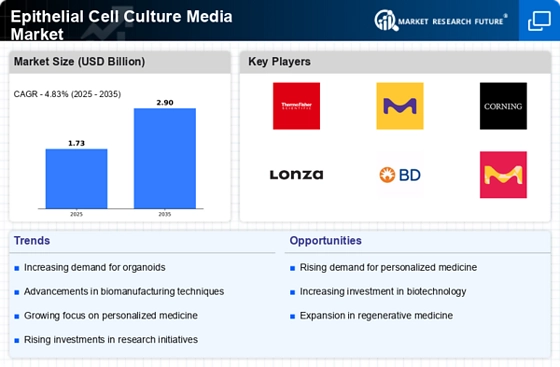
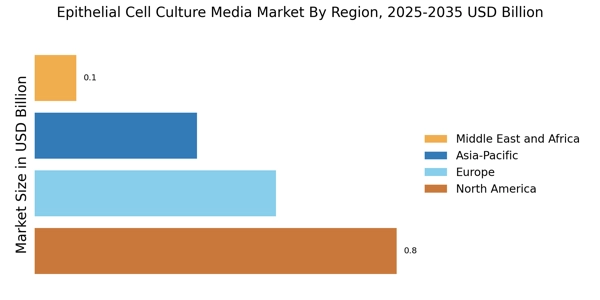
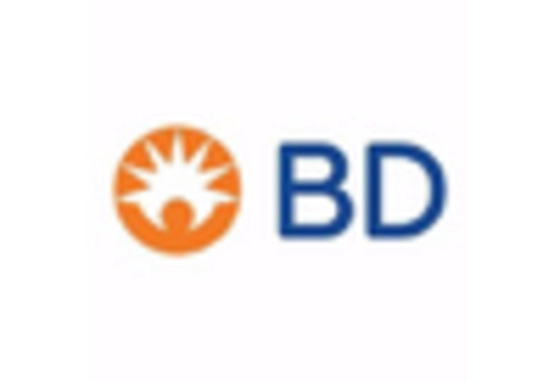
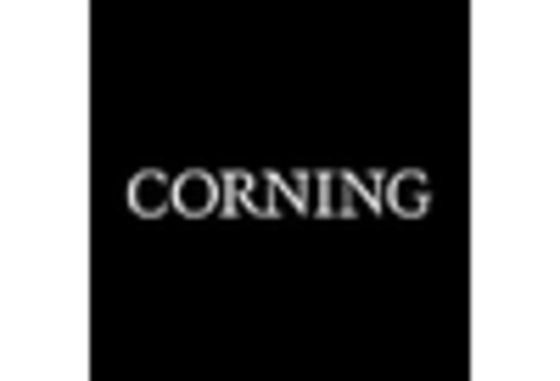
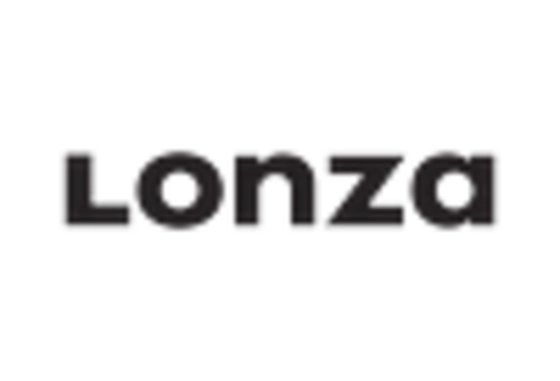

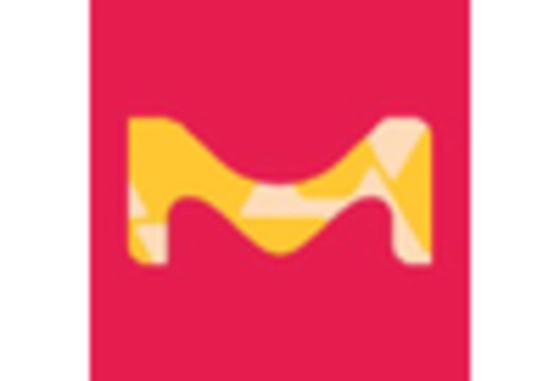









Leave a Comment